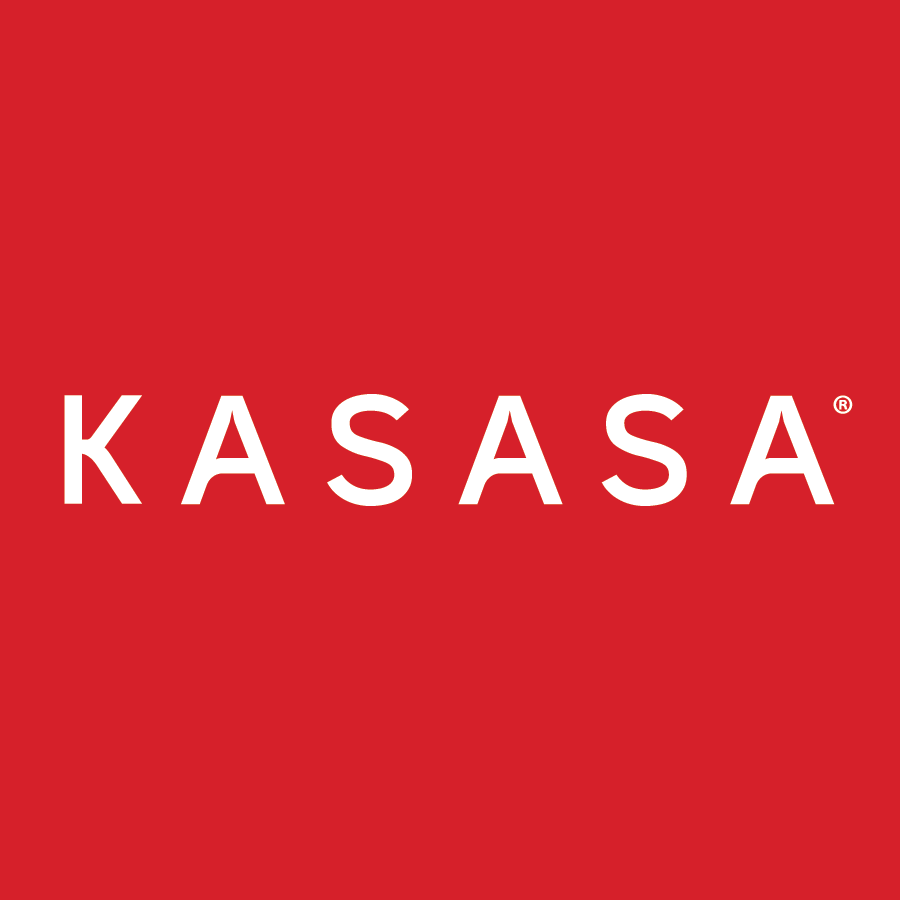Show notes:
- 0:35 What is the foundation of a great retail experience? – Start with a defined mission. It’s important because it described who you are, what you stand for, your values, and communicates to your staff the value you bring to the community.
- 1:15 Bad mission statements – Being generic is one of the big mistakes. We’ve all worked at companies where the mission statement is in a handbook. The problem with that is that it doesn’t give something for people to rally behind. Community institutions play an important role in the community and in people’s lives.
- 2:10 Crafting the statement – Knowing who to involve in creating a mission statement can be hard. Often times, the board will want to have a say, but try to limit the group to people who need to be involved.
- 3:10 Avoiding the jargon – Regardless of what the mission is, find a way to extract some key words or ideas to create a rally cry. An example is “I own it.” It was an acronym that stood for very actionably things that the staff recognized. Kasasa has a mission statement, but we also have a rally cry of “Win the war.” This dictates what we stand for and the mentality we have when approaching any project.
- 5:00 Matching attitudes – A mission statement is only effective if the behavior and attitude follows. Many times, when we mystery shop an institution that has had service issues, we will first check the mission statement to understand what they want to stand for or that standard they have set for themselves.
- 6:55 What is a great retail experience? – It starts with who you are and who you want to be. If you say you want to be the prime institution, then you need to do a great job of cross-selling. If you want to be trusted, then you should be engaging in trust building techniques.
- 8:12 Be the go-to – If you want to be the “go-to” institution, then you want to ensure that you are following some key best practices, like asking for and using the consumer's name. The best practices must match/align with your mission statement.
- 8:55 Outside our industry – Think of Chick-fil-A. They consistently go above and beyond, even with small things like being consistent in saying “My pleasure,” but that rocked the fast-food industry. There are small things that you can do to make you stand out from your competitors.
- 9:40 Don’t point – An example of a small behavior that has high value for consumers is not pointing. It’s dismissive. Instead, walk the consumer to where they need to go. It is personalized.
- 10:20 Trust triggers – We often hire people for the frontline that don’t want to do sales. There is a fine line between great service and selling. When you give great service, you get the sale. You should be asking questions and helping consumers to find the right product for their needs.
- 11:37 Doing it differently – Offering a little of the unexpected is a great way to stand out in your market. It must be unique to you. Southwest Airlines accomplishes this by invoking fun amongst their employees. This comes across in the way their employees engage with consumers.
- 13:00 Bad surprises – There are serious or sad reasons consumers come into your branch, so you want to be careful how far you take your culture.
- 13:36 Building or hiring – Create the mission and that will shape the culture. When a strong culture is in place, you will attract and hire people who further cement the culture.

Kasasa
Kasasa® is an award-winning financial technology and marketing services company that provides reward checking accounts consumers love, the first ever loan with Take-Backs™, relationship-powered referral programs, and ongoing expert consultation to community financial institutions. Together we can Take Back Banking™. For more information, visit www.kasasa.com or Twitter, Facebook, or LinkedIn.





